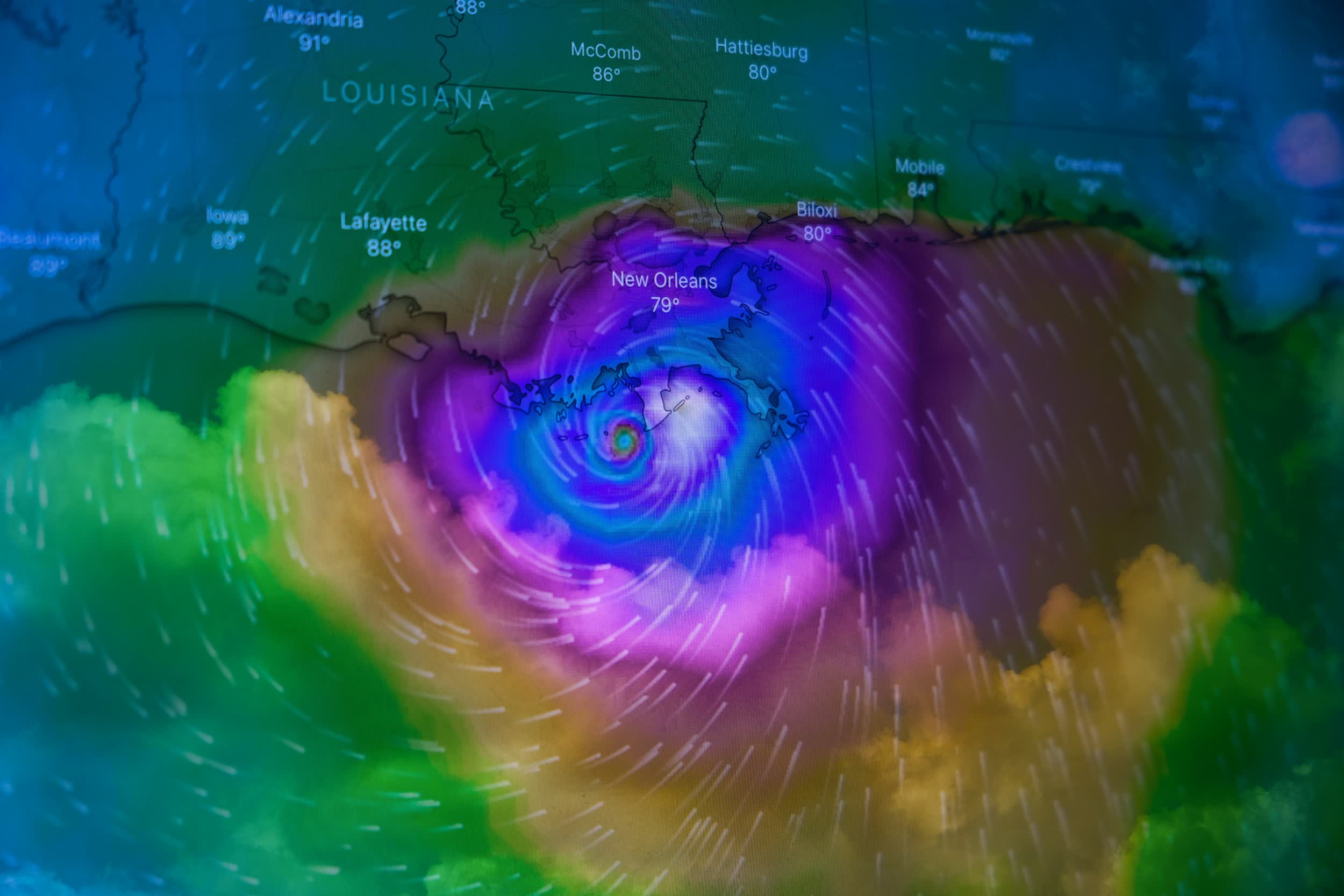What just happened? The National Oceanic and Atmospheric Administration (NOAA) in early 2020 announced plans to refresh its aging supercomputer network. On Tuesday, the agency inaugurated its two new machines in Manassas, Virginia, and Phoenix, Arizona.
The Hewlett Packard Enterprise (HPE) Cray supercomputers, dubbed Dogwood and Cactus, were named after flora from their geographic locations. Each is outfitted with 2,560 AMD Epyc Rome 64-core 7742 server CPUs for a combined 327,680 cores that can operate at up to 12.1 petaflops, which is three times faster than NOAA's previous setup.
The systems currently rank as the 49th and 50th fastest computers in the world and are replacing Cray and IBM supercomputers located in Reston, Virginia, and Orlando, Florida. Coupled with existing machines in Tennessee, West Virginia, Mississippi and Colorado, NOAA's supercomputing capacity now sits at 42 petaflops.
For comparison, the fastest supercomputer in the world is housed at the Oak Ridge National Laboratory in Tennessee. It is capable of a staggering 1.1 exaflops of performance with a peak of 1.69 exaflops.

NOAA Administrator Rick Spinrad said more computing power will enable them to provide the public with more detailed weather forecasts further in advance. Specifically, NOAA will be able to create higher-resolution models that better depict small-scale features such as thunderstorms and produce more individual model simulations to quantify model certainty.
This fall, NOAA will upgrade to the US Global Forecast System (GFS) and prep a new hurricane forecast model called Hurricane Analysis and Forecast System (HAFS) for use during the 2023 hurricane season.
Image credit: Brian McGowan
